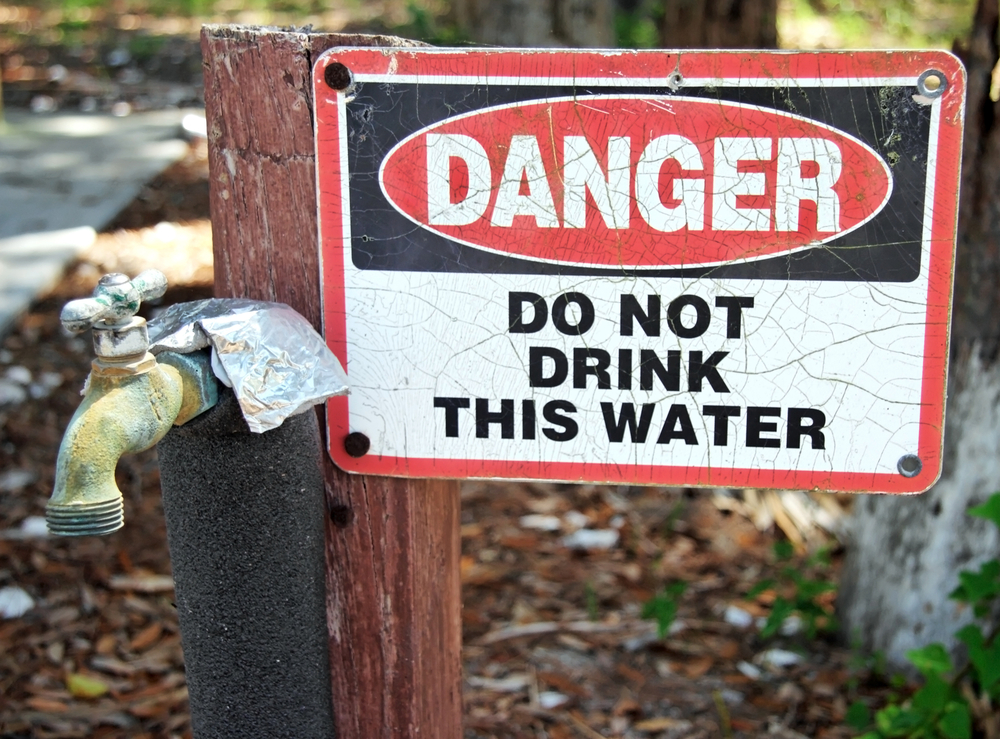4 Types of Drinking Water Contaminants You Should Know About
Water is certainly crucial for our existence. Pure water is typically colorless, odorless and tasteless. It is chemically made of two components – hydrogen and oxygen. Since water is a universal solvent, it has the tendency to dissolve almost everything that comes in its contact. So, water – actually – is never absolutely pure. And with so much industrialization and improper disposal of wastes, safe and drinkable water is hard to get these days.
If we talk about safe drinking water, then it is important to mention about its potential contaminants. The water contaminants, or impurities, refer to the physical, chemical, biological, or radiological substance in water. We all know that the available water is not fit for consumption; it carries many impurities, which if not treated properly, can result in many serious health issues and life threatening diseases. Given below are general categories of impurities present in the water.
Physical impurities mainly affect the physical appearance, or other physical properties like turbidity, color, taste, odor and temperature, of water. The turbidity in water signifies presence of suspended particles, like, sediment, mud, sand, dust and silt, which settle quickly in standing water. However, the turbidity in water – meant for consumption – should not exceed 5 ppm. Such suspended materials can be removed by settling, coagulation and filtration. If the water available has a tint of color, it is due to discharge of industries, like, chemical, textile, paper, etc.
If the water tastes bitter, it can be due to the presence of iron, aluminium, manganese, sulphate or excess of lime. While soapy taste can be owing to the presence of sodium bi carbonate, brackish or slightly salty taste can be down to the presence of unusual amount of salts. Odor in water can be due to waste products discharge from industries. Chlorine, hydrogen and sulphide are the general smelling compounds. When assessing water quality, another important factor to consider is temperature as it influences several other parameters and can change the physical and chemical properties of water.
Chemical contaminants in water may refer to naturally occurring or man-made elements, like, nitrate, mercury, fluoride, nitrogen, bleach, salts, pesticides, metals, toxins produced by bacteria, and human or animal dung. The presence of these chemicals in water makes it absolutely unfit for human consumption. Not only these chemicals have a terrible impact on human health, but also can result in hazardous ailments and disorders. The removal of such chemicals from water is generally difficult, and may call for complex processes to make it adequate for consumption.
Biological impurities refer to the micro-organisms, or microbes or microbiological contaminants, in water. It may include bacteria, viruses, protozoan, parasites and minute living organisms, which make water extremely unfit for consumption and other purposes as well. Such micro-organisms are very harmful, and can lead to many deadly diseases and disorders. Giardia and cryptosporidium are the most harmful micro-organisms which can result in ailments like diarrhea. There are many other micro-organisms that can cause much harm to the internal system of human beings. Such micro-organisms cannot be separated easily, and many of them can survive even when water is exposed to high temperature.
Radiological contaminants refer to the discharge from nuclear power plants or research centers. If such discharge of radioactive substances comes in contact with water, it can seriously affect human health and life. The radiological contaminants may include cesium, plutonium and uranium.
To Sum Up
Now after knowing about the water impurities, it is vital to identify with the process to remove such contaminants. The best possible way to avoid and eliminate impurities is through water purification systems. Havells, the leading brand for electrical consumer goods, has an array of Water Purifiers in RO & UV Purification variants that offer 100% RO+UV safe drinking water with naturally-occurring added minerals. Since any type of contaminants in water can be dangerous, it is important to invest in a good-quality purifier to have an access to healthy and safe drinking water. So, with Havells, be sure to drink health!

